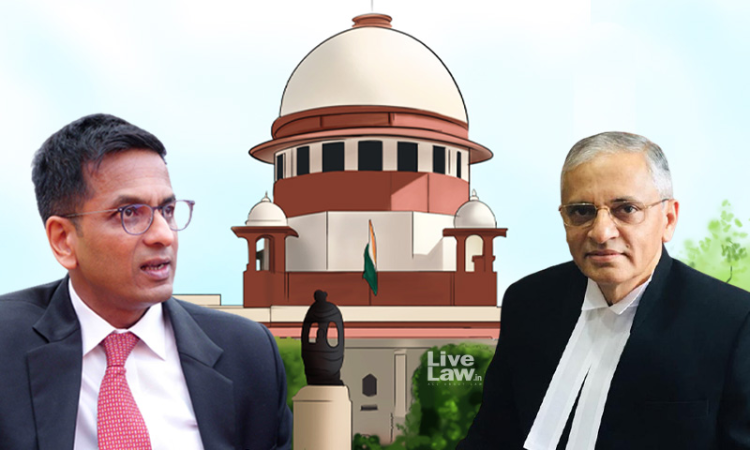'Don't Confuse Or Confound Readers" : Supreme Court Issues Guidelines On Writing Simple & Lucid Judgments
Ashok KM
25 Aug 2022 9:40 AM IST

Next Story
25 Aug 2022 9:40 AM IST
Observing that the purpose of a judgment is not to "confuse or confound the readers", the Supreme Court has urged the Courts and Tribunals to "provide an easy-to-understand analysis of the issues of law and fact" in their verdicts.A bench comprising Justices DY Chandrachud and AS Bopanna made this crucial observation while dealing with a judgmnet of the Himachal Pradesh High Court which was...
